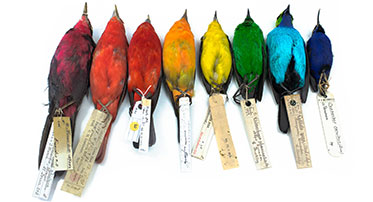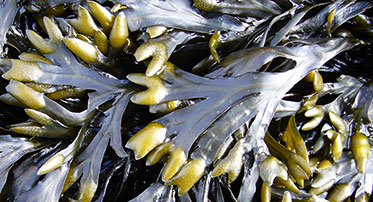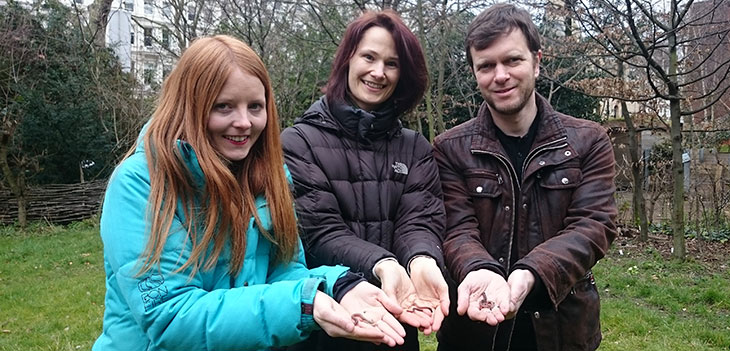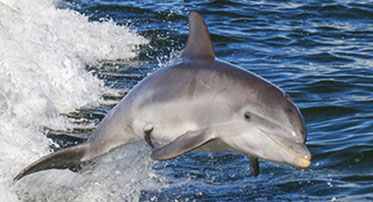
Aquatic lice (the Echinophthiriidae) that are part of the sucking lice family (Siphunculata).
At a glance
Transcribe microscope slide labels.
Type of activity: Online
Who can take part? Adults and students (Key Stage 4+)
When? Any time
How long will it take? Two minutes per slide
Our thanks
This project has now finished.
Thank you to everyone who helped us transcribe the 600+ slides in the Marsupial Lice collection on DigiVol (The Boopidae of Australasia). Once these have been processed, the entire collection will be made publicly available on the Museum's Data Portal.
About the project
The Museum is on a mission to digitise the 80 million specimens in its collection. We want to make the information the specimens hold about the natural world more openly available to scientists and the public.
We have imaged more than 70,000 microscope slides of lice from the Museum's collection. We have been asking digital volunteers for the Museum to help transcribe information from the specimen labels so that the data can be used for scientific research.
Lice of the open oceans - marine mammal lice
We have imaged over 200 aquatic lice (the Echinophthiriidae) that are part of the sucking lice family (Siphunculata).
Few insect species have colonised the open ocean despite their success on land. However, the Echinophthiriidae can be found on Pinnipeds such as sea lions, walruses and seals.
Lice live on the outside of their bird and mammal hosts, and cannot survive for long without them. In fact most individuals spend their entire lifecycle on a single host.
Evolving together
The evolutionary history of lice is closely related to that of their hosts, so they are frequently used as a model to study co-evolutionary processes.
Co-evolution is the process that occurs when two species influence each other during evolution.
Some Pinnipeds can remain at a depth of 1500m for over two hours. This means that lice on these mammals are submitted to massive hydrostatic pressure. Pinnipeds also spend periods of weeks to months submerged in the open ocean meaning that lice need to be able to survive cold temperatures and low oxygen environments.
Where will this data go?
As we process the images and data from the louse collection, it will become available on the Museum's Data Portal for anyone in the world to study.
Project team
- Margaret Gold, Science Community Coordinator
- Laurence Livermore, Digital Collections Programme Innovation Project Manager
- Paul Brown, Curator
- Louise Allan, Senior Digitiser
- Olha Schedrina, Digitiser
In partnership with the Zooniverse, the world’s largest and most popular platform for people-powered research.
Thank you to everyone who helped us complete over 300 classifications for this batch of marine mammal lice, on the Miniature Lives Magnified: Lice of the open oceans website.
To become a digital volunteer for the Museum, please visit Project Plumage, which is ongoing.







